Best soil and fertilizer for winter cabbage plants, napa cabbage, and broccolini (Grow cabbage, etc)
Growing cabbage, napa cabbage, and broccolini in rental patch. Using organic fertilizers, we’ll create soil suitable for cultivating cabbage, Chinese cabbage, and broccolini. (Best soil and fertilizer for cabbage, wombok cabbage, and broccolini.)
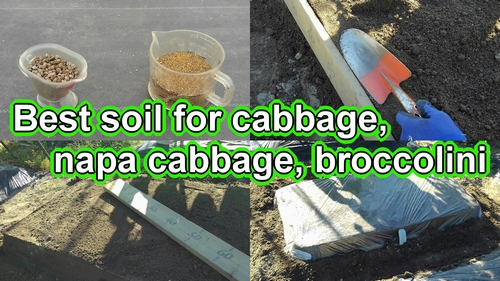
For cultivating cabbage, wombok cabbage, and broccolini, the bed size is approximately 60cm x 120cm (2 feet x 4 feet). Here, we’ll mix compost and fertilizer to create soil suitable for cultivation.
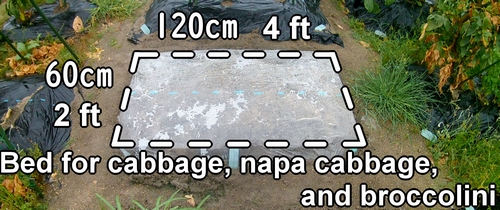
Fertilization and bed preparation for cabbage, napa cabbage, and broccolini
The basic fertilizer is 2 liter (2 qt) of cattle manure, 50cc (1.76 oz) of chicken manure, and 200cc (7 oz) of canola cake.
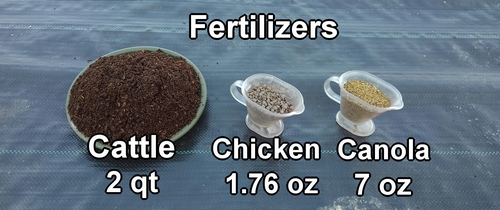
I grow cabbage, Chinese cabbage, and broccolini organically without pesticides, and I use organic fertilizers for all of them. Applying too much fertilizer can lead to pests and diseases, and hinder growth. Only apply the necessary amount.
Cattle manure compost, chicken manure, and canola cake are spread and mixed into the soil. (Lift the mulch and set it aside.)
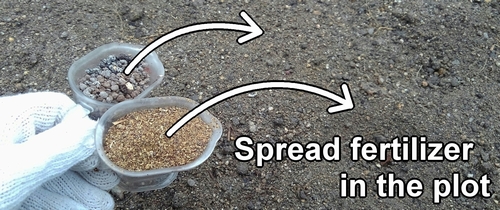
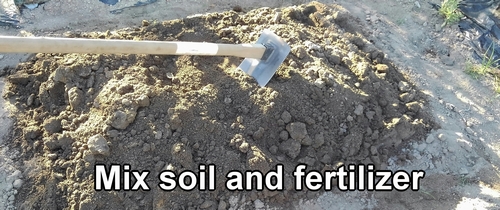
After fertilizing, the next step is to create the bed for cabbage, napa cabbage, and broccolini. Shape the bed with a trowel and wooden boards.
As a tip for making the cabbage, and broccolini bed, use a trowel to press the edges of the bed and make it slightly compacted. If you press the edges of the bed, you can maintain the shape of the bed.
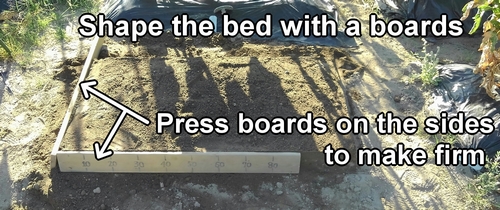
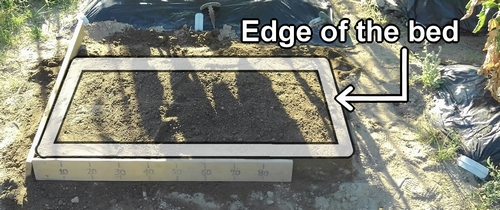
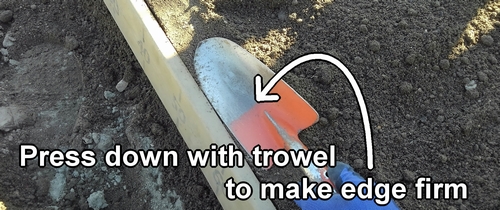
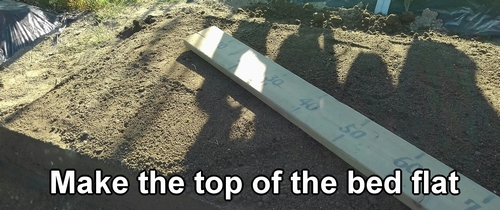
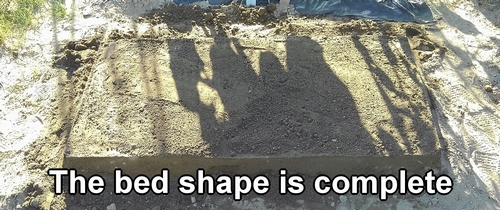
Afterward, cover the cabbage and broccolini bed with transparent mulch. The soil preparation for cabbage, wombok cabbage, and broccolini is complete.
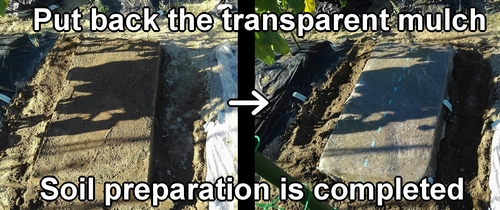
Switch from transparent mulch to black mulch about a week before planting the cabbage and broccolini seedlings. (The planting of cabbage and broccolini begins in early September, so around the end of August or the beginning of September is the right time to switch the mulch.)
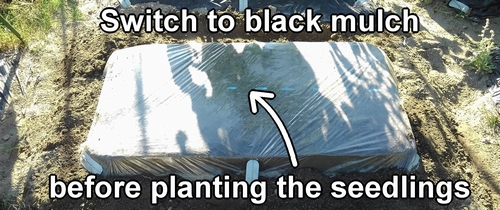
Following is the video for how-to. English subtitles are available.
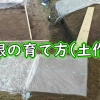

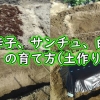









Discussion
New Comments
No comments yet. Be the first one!